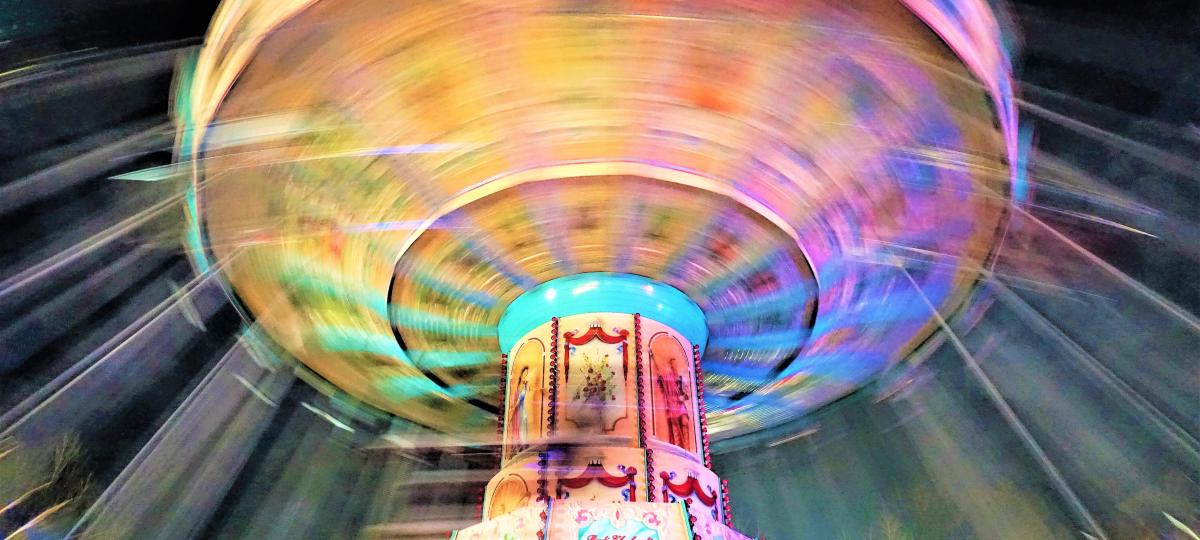Fatal accident at the Eisbach wave: Expert on the cause

Mr. DI-QUAL, you constructed artificial surf waves and were traveling as surfers in many countries. The investigation into The cause of the fatal accident at the Munich Eisbachwelle Watch as an interested expert. Do you have a theory of the course of the accident?
Benjamin Di-Qual: Even if the lowering of the water level has officially not delivered any secure knowledge, a connection with the so -called interference stones is obvious from an engineering point of view. The stones are located directly below the wave and are an integral part of the old technical building. A security leash, the leash, can improve in particular when pulling or stretching – which is difficult to recognize below the waterline, but is technically plausible. This is not a secure fact, but a very likely conclusion from the previously known course. Many surfers have already injured themselves on these interference stones – often on their legs, even on the head. Only so far none of these accidents has been fatal.
Photo: DI-QUAL
So are these stones an unnecessary security risk?
DI-QUAL: As an engineer, I have to say very clearly: You can build the risk of injuries to the Eisbach wave. The interstities are not the cause of wave formation – they only stabilize the position of the so -called hydraulic exchange. You could remove these interface stones and make the wave technically safer. I don’t want to say that you could have prevented the accident. Water sports always includes a risk. But if dangers can be reduced by technical adjustments, you should not only be able to, but also want. In my view, this topic was in Munich Too little actively tackled over many years. It would be time to face overall responsibility and have the discussion open.
What do you mean?
DI-QUAL: The basis of the Eisbach wave – the so -called interference stones – have always created Weißwasser. It was only from the early 1980s that surfers started with structural additions such as wooden boards and railway thresholds to create a constant, surfable wave. What emerged from this was a success story: surfing in the middle of Munich, in every season. I was also there when improvised constructions were hung in. For decades, improvised installations and the dangers of the existing structures have been deliberately ignored – by scene, city and authorities alike. Just a year ago, the city as the owner of the wave banned such built -in. The so-called Core scene, the innermost circle of the Eisbachsurfer, also resisted structural adjustments to the Eisbach wave for years. Beginners were sent away with the argument that the wave was only manageable for professionals.
Is a structural redesign of the wave possible to improve security?
DI-QUAL: Clearly yes. The interstities are not the cause of wave formation – they only stabilize the position of the so -called hydraulic exchange. The actual wave is physically created by the climbing of the accelerated water on the slower, flowing water in the subsequent section of the bacher. A specifically constructed flap or threshold can also create this effect – only significantly safer. With modern design, constructions can be developed in which injuries or imposing technical equipment are excluded. At the same time, the wave quality could also be improved, in particular since improvised installations by surfers by surfers for reasons of liability law. However, such a renovation would mean that the wave is considered a sports facility – and thus needs an operator.
Who could that be?
DI-QUAL: The city of Munich would either have to take responsibility itself or create a binding operating structure with an association or an established organization such as the Surfen interest group in Munich (IGSM). This step is inevitable If you want to reconcile security and usability.
Photo: Sven Hoppe, dpa
You say it yourself: the Eisbach wave is decades. Would you build the wave differently today?
DI-QUAL: Absolutely. The Eisbach wave never emerged from an engineering planning for surfing, but as a result of not optimally executed hydraulic structures. Actually, from a water management point of view, the goal was to destroy as much energy as possible from the outlet with a white deck roller. Strictly speaking, the surfable wave is a by -product of bad waterscape – albeit a sporty fascinating. Today, river waves are specifically constructed for surf or kayaks. They are more secure, hydrodynamically stable and can be controlled in a targeted manner. Even with changing water levels, they can be operated constantly and switched off in an emergency at short notice. In this respect, the technical standard is completely different today – and safer.
To person
Benjamin DI-QUAL is a graduate engineer in Traunstein. He has many years of experience in planning, conception and implementation of artificial river waves at home and abroad. In 2021 he finished third at the Bavarian engineering award for the river wave in Ebensee, Austria. It is the world’s largest built, standing wave.








